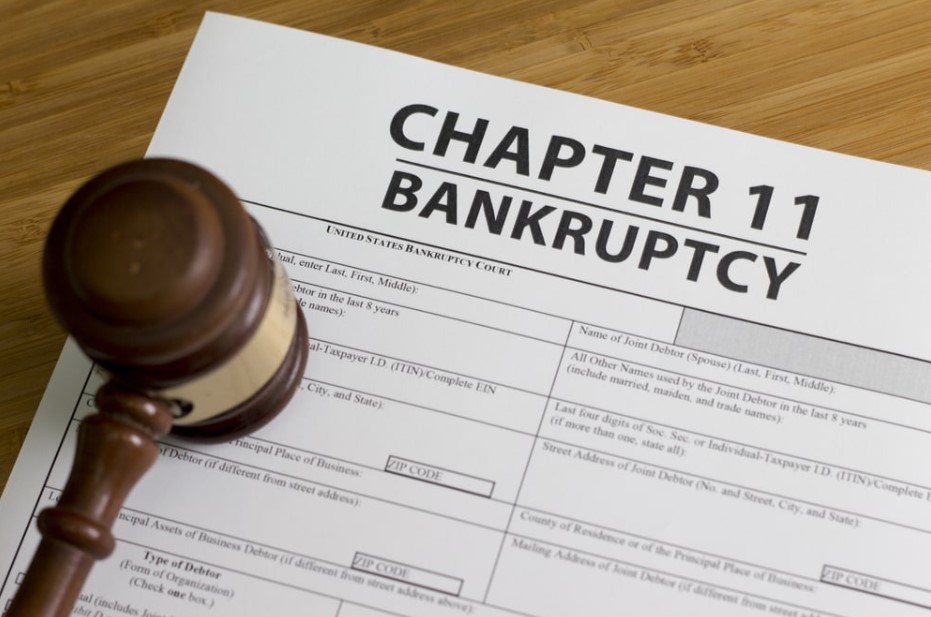
In facing financial challenges, especially in the wake of the COVID-19 pandemic, many small businesses have sought relief through bankruptcy. As attorneys well-versed in the nuances of bankruptcy law, we understand the critical role that Subchapter 5 bankruptcy plays for small business owners. Subchapter 5, an addition to the bankruptcy code which arose as part of the Small Business Reorganization Act of 2019, is specifically designed to simplify the bankruptcy process for small businesses, allowing them to restructure their debts while continuing operations. Learn more about small business bankruptcy attorney.
We recognize that navigating the complexities of bankruptcy can be overwhelming for small businesses. Our expertise as Subchapter 5 bankruptcy attorneys equips us to guide business owners through this streamlined process. This particular bankruptcy pathway offers various advantages, such as reduced costs and procedural burdens, and it provides a more debtor-friendly approach compared to other chapters.
Our commitment to our clients includes a thorough understanding of their financial situations and a strategic approach to utilizing Subchapter 5 effectively. With our knowledge, we aim to help small businesses emerge from bankruptcy in a stronger position, ready to overcome the economic disruption caused by the COVID-19 pandemic and other challenges. By leveraging our experience, we provide the support small businesses need to secure a fresh start through the reorganization process.
Understanding Subchapter 5 Bankruptcy
In addressing the complexities of Subchapter 5 bankruptcy, we focus on its distinctive qualities tailored for small businesses seeking debt relief. This process permits a more efficient reorganization pathway with fewer procedural burdens compared to traditional Chapter 11 bankruptcy.
Eligibility and Key Features
Subchapter 5 bankruptcy is designed under the Small Business Reorganization Act (SBRA) to streamline the bankruptcy process for small businesses. To be eligible, a debtor must have business debts less than $7.5 million, a threshold raised under the COVID-19 relief bill. This provision represents a unique reorganization bankruptcy option focused on expediting the process and reducing costs.
Key features of Subchapter 5 include:
- Streamlined Filing: Less paperwork and shortened timelines for plan submission.
- Higher Chance of Plan Approval: No creditor committee unless ordered by the court, and no need for a disclosure statement.
- Owner Retainment: Business owners can retain equity without needing to prove new value – a notable exception from traditional rules.
The Role of the Subchapter 5 Trustee
A special trustee is appointed in Subchapter V cases, with a role that is distinct from normal Chapter 11 trustees. The Subchapter 5 trustee works with the debtor to develop a consensual plan of reorganization and oversees the business’s financial affairs. Unlike Chapter 11, the trustee does not take possession of the debtor’s assets but ensures that the reorganization plan is followed and assists in the negotiation of disputes.
Filing Process and Obligations
To initiate Subchapter 5, the debtor files a petition with the bankruptcy court. During the filing process, we must provide:
- A list of creditors and debts,
- Recent financial statements, and
- A brief history of the business operations.
Key obligations include attending a status conference within 60 days and submitting a reorganization plan within 90 days of filing — significantly quicker than standard Chapter 11 timelines. The plan must detail the proposed method for paying creditors, with priority given to secured debts.
Debt Structure and Creditor Involvement
In a Subchapter 5 bankruptcy, the debtor’s existing debt is restructured to reflect the business’s ability to pay based on disposable income. The plan may include payment plans or renegotiated terms with creditors. Secured creditors maintain their lien rights, but the plan may alter their repayment terms.
Involvement of unsecured creditors is typically less formal, as there is no committee unless the court decides it is necessary. The plan must be court-approved and in the best interest of creditors. Once confirmed, it becomes binding on all parties.
Navigating Financial Reorganization
In a Subchapter 5 bankruptcy, we focus on retaining control of our business while reestablishing financial health through a streamlined process, dealing with administrative expenses, working with a bankruptcy attorney, and adhering to the guidelines of the United States Bankruptcy Code.
Crafting the Reorganization Plan
We work diligently to create a reorganization plan that ensures equitable treatment to all parties involved. Our plan outlines our approach to adjust our debt obligations. Furthermore, this includes a detailed proposal for the restructured payment of our non-contingent liquidated debts, based on our disposable income. The reorganization plan highlights:
- Proposed changes to the operations to enhance profitability
- Methods to manage our debt repayment over the given time
- Strategy to safeguard necessary business assets essential for our reorganization efforts
The goal is to gain creditor approval, either directly or through a consensual plan endorsed by the United States trustee.
Managing Business Operations and Assets
We continue operating our business during this Subchapter 5 bankruptcy. Our focus remains on maintaining and improving profitability while simultaneously managing our financial obligations. This includes:
- Ensuring administrative costs are budgeted and controlled effectively
- Balancing our balance sheet through monitoring of incoming revenue and outgoing expenses
- Protecting essential business assets from liquidation to maintain business activity
With the assistance of a bankruptcy attorney, we navigate the intricacies of the administration process, including compliance with the new value rule which allows us to retain ownership interest in exchange for contributing new value to the business.
Finalizing Subchapter 5 and Gaining Discharge
Upon court confirmation of our reorganization plan, we work on finalizing the administrative aspects of Subchapter 5, which typically involves a reduced timeline compared to traditional Chapter 11 filings. Important points in this phase are:
- Debt relief is achieved through the discharge of certain debts once the plan is confirmed and implemented
- The automatic stay is adhered to throughout the case, preventing further creditor collection activities
Completion of the process allows us to emerge from bankruptcy as a more stable and debt-free enterprise, ready to return to the forefront of our industry. Our bankruptcy attorney’s fees, considering they are reasonable and necessary administrative expenses, get paid through the plan to minimize upfront costs, thereby providing us with increased flexibility in managing our finances.

